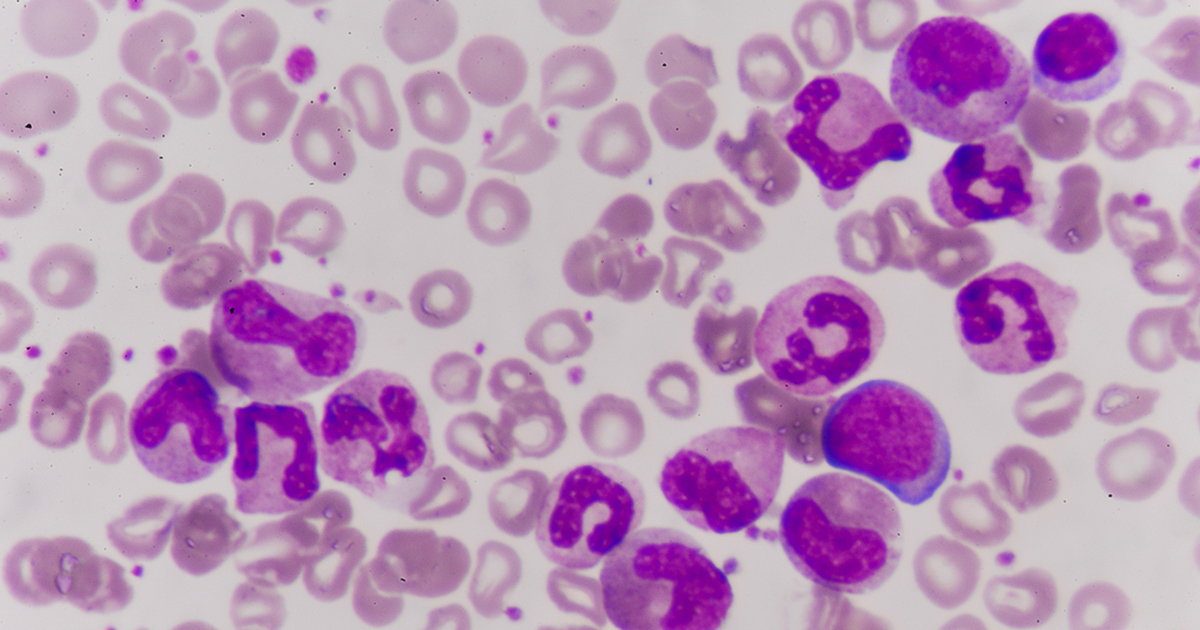Acute Lymphoblastic Leukemia Symptoms And Solutions
Acute lymphoblastic leukemia (ALL) is the form of cancer that affects white blood cells. White blood cells are manufactured in bone marrow, which is the body tissue inside bones. They are also referred to as lymphocytes, and their function is hampered when an individual develops acute lymphoblastic leukemia. For the most part, ALL affects children aged two to five years, but adults can also be at risk. Symptoms of this cancer, like others, do vary among individuals.
Symptoms In Bone Marrow

Acute lymphoblastic leukemia leads to a reduction in the number of normal blood cells, which can lead to symptoms such as feeling tired, weak, and dizzy. Some patients also experience shortness of breath and bruise more easily. This happens because the red blood cells are responsible for carrying oxygen and nutrients to other cells in the body, and too few red blood cells equals low energy.
Since acute lymphoblastic leukemia is a cancer of the white blood cells, fewer of them function normally. This is exhibited in symptoms such as fever, chronic infections, and enlarged lymph nodes. Without the full function of the white blood cells and the other parts of the immune system, the body is at a higher risk for other illnesses from influenza to sepsis.
Symptoms In Other Parts Of The Body

Many other symptoms such as bone and joint pain, abdominal swelling, and coughing can be observed in acute lymphoblastic leukemia patients. It largely depends on where in the body the cancer spreads to in each patient. Sometimes cancer cells can spread to locations near the bones causing bone or joint pain. If acute lymphoblastic leukemia cells accumulate in the liver or spleen, they can cause these organs to become enlarged, which leads to abdominal swelling. Accumulation of ALL cells can also occur at the thymus (a small organ near the trachea in the throat). Swelling of thymus leads to breathing-related symptoms like coughing or trouble breathing.
